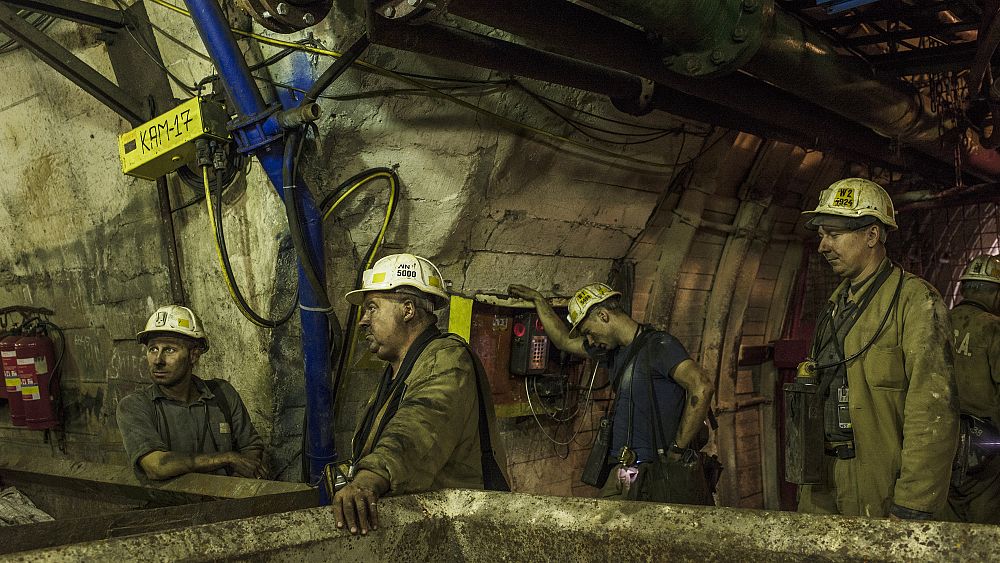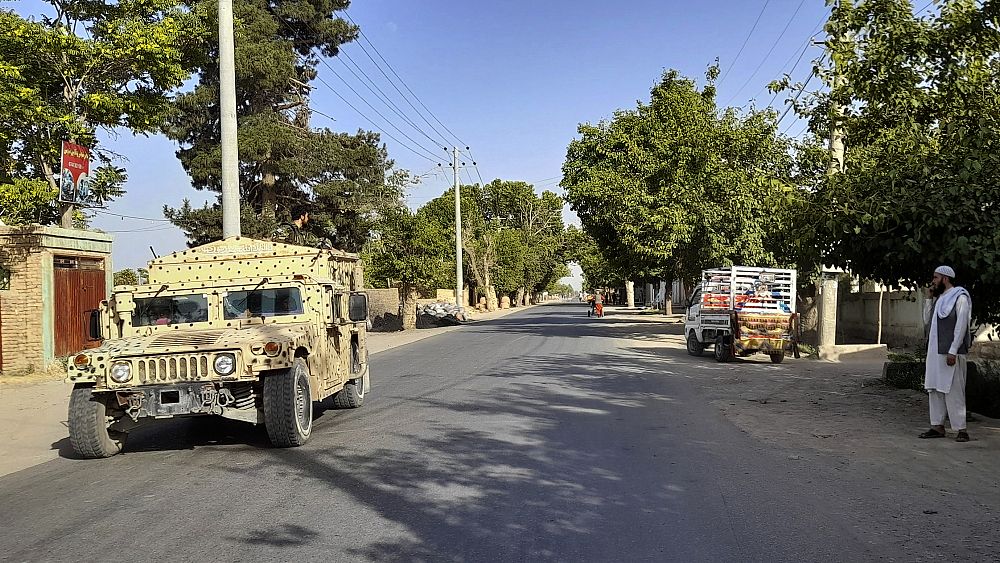Coal mining has long been considered the pride of Poland.
It is responsible for 80% of the country”s electricity production, according to 2018 figures, and employs around 80,000 people, down from 400,000 in 1990.
Coal reserves in Upper Silesia, in the south of the country, are perceived as key to energy security and a patriotic alternative to gas and oil imported from Russia. Their volumes were believed to be sufficient to last for decades.
But the industry is in decline for a number of reasons. Piotr Lewandowski, president of the Institute for Structural Research in Warsaw, says it is being pushed to a “tipping point” by several factors: falling demand for coal because of warmer winters; wind and other renewables becoming cheaper; rising costs of carbon emissions; and a society less willing to tolerate high levels of air pollution.
Poland is also under pressure from the 27-member European Union to lower carbon emissions and is seeing the coronavirus pandemic complicate its coal troubles.
More than half of the EU’s most polluted cities are located in Poland. This is the problem that is proving hard to solve for the Polish government: it is linked to Poles being dependent on coal for heating their homes.
Both Poland and the European Union has invested money into transitioning to cleaner ways of heating the country’s households.
But for some coal is the only way to survive the cold season. Like for Mariola, who lives in Zabrze with her three children. Mariola’s partner, a former miner, went to the UK to work in construction, while she stayed in a ‘familok”, a type of residential building in Silesia, built in the proximity of mines, for the workers and their families to live.
The slag heap of the Marcel coal mine in Radlin, Upper Silesia, contains the spoils that are being thrown away during the coal excavation. It became one of the examples of the ecological impact of the coal mining in the region. The waste and active chemical substances contained in materials stored on the site have caused fires. Locals have called for the works to stop in the area, as the smoke and toxic gases have become unbearable to live with.
There are already positive examples of transition of the industrial areas. “The familoks” built by the surrounding coal mines in the Nikiszowiec district were completely renovated a few years ago. Since then, it’s considered to be one of the most pleasant areas in Katowice and has even listed on Silesia’s ‘Industrial Monuments Route’ offered by the tourism office.
At the end of September, the Polish government and trade unions agreed to phase out coal by 2049.







